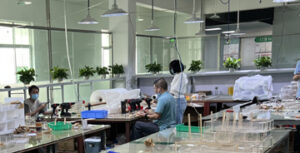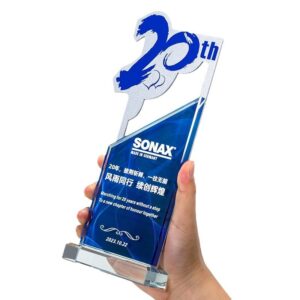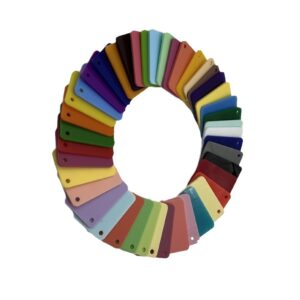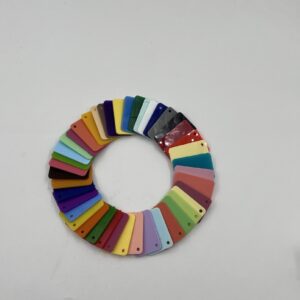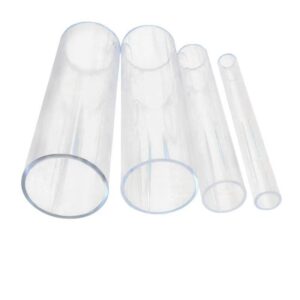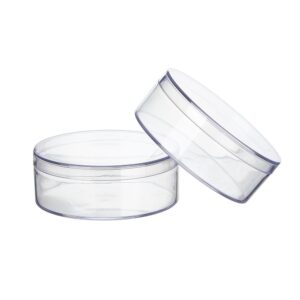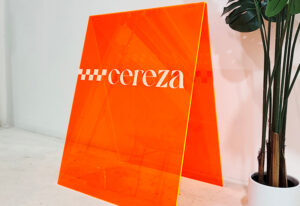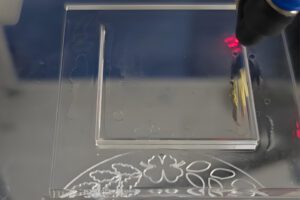If you work with acrylic every day, you’ve probably noticed the shift. Buyers still want clear, glossy, tough parts. Now they also want lower carbon, better recycling stories, and clean ESG reports. Sustainable acrylic is becoming a real sourcing spec, not just a nice slogan.
As an acrylic fabrication manufacturer in China, serving B2B retailers, wholesalers, and OEM/ODM clients, you’re right in the middle of that change. Let’s break it down in plain language and connect it to real projects you might be running through your shop.
Table des matières
Conventional Acrylic Manufacturing and Fossil-Fuel Footprint
Traditional PMMA is built on fossil feedstocks and energy-hungry processes. By the time a sheet lands on your CNC table, a lot of energy, steam, and utilities have already been burned.
For your clients, this shows up as:
- Higher product carbon footprint in their LCA
- Tougher questions from procurement and ESG teams
- Pressure from big chains to “green” fixtures and components
If your team can talk confidently about material choices instead of just thickness and color, you instantly sound more like a long-term partner than a job shop.
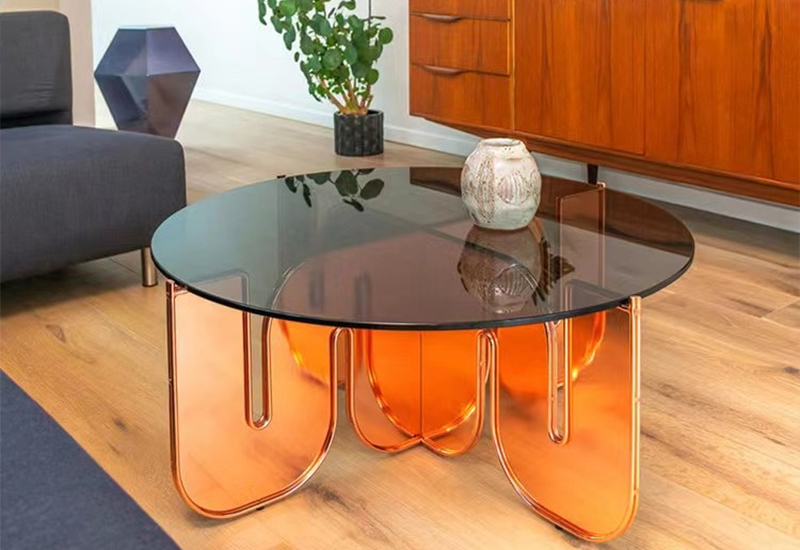
Recycled PMMA and Circular Acrylic Materials
Recycled PMMA isn’t just a lab topic anymore. It’s showing up in real rollouts:
- Fashion and beauty Présentoirs acryliques sur mesure
- Branded window fixtures and light boxes
- Machine covers and guards where optics still matter
High-grade recycled acrylic can get very close to virgin in clarity and mechanical performance when the recycling stream is well controlled. For a display or fixture project, your TSM can put two options on the table: standard sheet and recycled sheet. Same design, different sustainability profile.
From the buyer’s side, recycled PMMA helps them:
- Reduce demand for virgin petrochemicals
- Add “recycled content” to their sustainability dashboard
- Tell a more convincing in-store story at the shelf
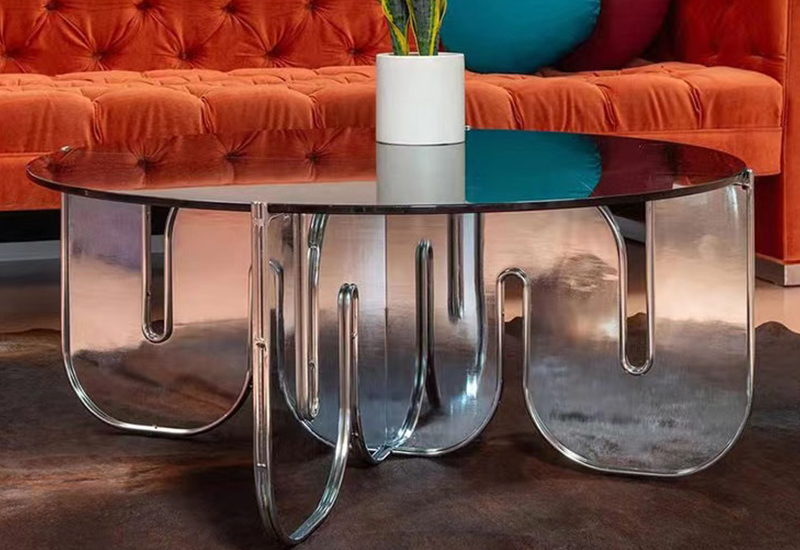
Bio-Based PMMA and Low-Carbon Acrylic
Bio-based PMMA is the other big track. Instead of relying only on fossil routes, some grades use renewable feedstocks. The final material stays familiar to your production team but carries a lighter footprint.
Where bio-based acrylic fits well:
- Automotive lighting, interior trims, and covers
- Consumer electronics stands and premium custom acrylic product displays
- Long-life indoor signage where brands talk a lot about climate goals
For OEM clients, being able to specify a low-carbon material without redesigning the entire part is a big win. As their fabrication partner, you can offer bio-based options alongside standard custom acrylic parts, especially in RFQs where sustainability is already in the brief.
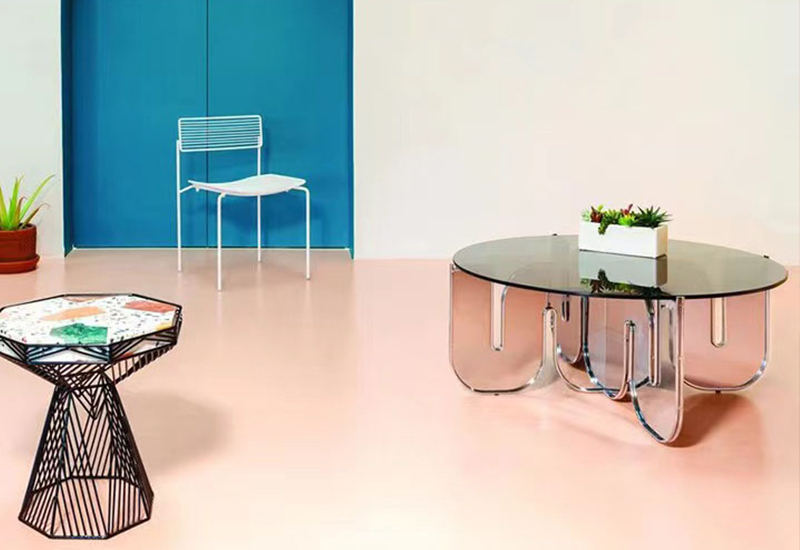
Low-VOC and Long-Life Acrylic Products
Sustainability isn’t only about what’s inside the resin. Process and design choices matter just as much.
Three simple levers:
- Molded-in color instead of paint For colored panels, logo blocks, and trims, using through-color material lets you cut multiple paint and re-spray cycles. That cuts VOC emissions, rework, and field failures.
- Durable surfaces and premium grades For enseignes acryliques personnalisées and high-traffic fixtures, tougher grades or coated faces keep surfaces clear longer. Clients replace less, scrap less, and deal with fewer complaints from stores.
- Good DFM from day one When your engineers and TSMs handle ribbing, stress points, and wall thickness in the early stages, you reduce cracking and warping in the field. That’s sustainability in a very practical sense: less waste, fewer urgent replacement orders.

PMMA Recycling and End-of-Life Planning
On paper, PMMA is highly recyclable. In reality, the bottleneck is rarely the chemistry. It’s everything around it:
- No clear collection channel for old shop displays
- Mixed materials: LEDs, metal frames, adhesives, other plastics
- Sorting and depolymerization that still cost time and energy
You can’t fix the whole system alone, but you can make it easier for your clients:
- Mark materials clearly on larger feuilles acryliques personnalisées and assemblies
- Design modular systems that come apart without destroying the parts
- Offer take-back or refurbishment for big retail programs
For global brands under pressure to prove circularity, this kind of service from an offshore acrylic partner is very attractive.
Sustainable Acrylic for Retail, Signage and OEM Projects
Your main customer segments look at “sustainable acrylic” in slightly different ways:
- Retail brands and store fixtures They want clean-looking displays and a simple sustainability message. A recycled custom acrylic display with a clear story already helps them stand out at the shelf.
- E-commerce and dropship clients Their pain point is breakage and returns. Tougher design and better grades cut broken items and bad reviews more than any marketing claim.
- OEM and industrial customers They live in a world of spec sheets, audits, and compliance. If you can support them with documented material sources through your acrylic fabrication services, plus stable quality on repeat orders, you become part of their long-term sourcing plan.
This is where your role as an acrylic fabrication manufacturer in China matters. You’re not just cutting shapes; you’re helping clients choose the right material strategy for their brand goals.
Key Sustainable Acrylic Material Trends Table
Here’s a compact view of the main trends and what they mean in real projects.
| # | Sustainable Acrylic Focus | What It Means on the Shop Floor | Typical Use Scenarios | Value for B2B Clients |
|---|---|---|---|---|
| 1 | Recycled PMMA and circular acrylic materials | Recycled sheet with near-virgin clarity for standard fabrication processes. | Retail fixtures, partitions, guards, light boxes. | Better ESG scores and recycled content without changing the look. |
| 2 | Bio-based PMMA and low-carbon acrylic | Lower-carbon PMMA grades based on renewable feedstocks. | Automotive parts, device stands, premium displays. | Easier low-carbon storytelling in product launches and audits. |
| 3 | Low-VOC and long-life acrylic products | Molded-in color, durable finishes, fewer paint cycles. | Color panels, logos, outdoor and indoor enseignes acryliques personnalisées. | Less rework, more consistent appearance, fewer warranty cases. |
| 4 | Durable cast acrylic grades | Higher-performance sheets for stress-heavy conditions. | Architectural glazing, heavy-traffic areas, structural covers. | Longer service life and fewer replacements over the project lifetime. |
| 5 | PMMA recycling and end-of-life planning | Clear marking, modular design, take-back options. | Modular retail systems, leasing fixtures, OEM housings. | Easier circularity claims and better end-of-life management. |
You can plug this table into sales decks, RFQ templates, or product pages to make sustainability choices visible and concrete.
Turning Sustainability into a Practical Sourcing Choice
At the end of the day, your clients don’t want a lecture on polymers. They want clear choices that fit their timelines, budgets, and brand stories.
That’s where your TSM and engineering team come in:
- Offer standard vs recycled vs bio-based options at quotation stage
- Flag low-VOC, long-life designs when you see heavy wear or tough environments
- Talk openly about end-of-life, even when recycling isn’t perfect yet
If you can connect material decisions to real outcomes—better ESG reporting, fewer returns, stronger in-store presence—you turn sustainable acrylic from a trend into a daily sourcing habit. And that’s exactly where a flexible OEM/ODM acrylic partner can stand out in a crowded market.


